Mercury, the peculiar elemental heavy metal that exists in a liquid state at room temperature, is considered hazardous to us humans and can cause severe damage to the brain, lungs and kidneys. What you might not know is that it can also be found lurking in certain moisturisers, soaps and lotions on the market, possibly in your bathroom too.
On 20 April, The Straits Times reported that 18 beauty products were found to contain potent undeclared ingredients, including high levels of mercury (exceeding the level permitted by more than 27,000 times), hydroquinone, and tretinoin. These could all lead to adverse reactions, and have since been recalled by the Health Sciences Authority (HSA).

Full report from HSA here
What ties all three ingredients together
These ingredients are most commonly found in brightening/whitening, anti-aging, and acne treatments, which ultimately boils down to the act of skin lightening and exfoliation.

The toxic heavy metal mercury is strictly prohibited for use in cosmetics as it can lead to rashes, skin discolouration, and blotching. It doesn’t stop there. Long-term exposure to high levels of mercury can also cause damage to the kidneys, as well as digestive and nervous systems. It’s as easy as breathing in its vapours, touching a washcloth contaminated with the product, or touching someone’s cheek. Remember, skin is our largest organ, and a semi-permeable one at that. What you slather on will end up in your bloodstream with continued use, no matter how little product you put on.

The next no-no on our list is hydroquinone, a common compound used in a variety of skin-lightening products, targeted at reducing the appearance of dark spots, freckles, acne scars and other problem spots on the body. It’s been the subject of much controversy over the years, and in some countries, hydroquinone is already illegal. The reason? It has carcinogenic effects when applied to skin. It’s a compound that’s cytotoxic and mutagenic too, and studies have shown that prolonged usage can cause exogenous ochronosis, turning your skin into a bluish-black colour. So while it does inhibit melanin production to help lighten skin, it can damage your pigment cells in the long run.
The third ingredient to take note of is tretinoin, which is a derivative of vitamin A used to treat acne. But similar to hydroquinone, it can cause exogenous ochronosis, especially when combined with the aforementioned ingredient. If you’re not careful with it, tretinoin can result in changes in skin colour and adverse skin reactions like rashes, redness, burning and peeling.
Detecting them in beauty products
Now, this is a tad complicated – though the FDA has strict labelling requirements for cosmetic products, some manufacturers elude these regulations. Stay away from non-commercial skin creams in unlabelled containers that don’t list out their ingredients. You can’t be certain what’s mixed in there, and where and how they were made. Instead, stick to products from reliable and reputable sources such as registered pharmacies or established retail stores, and their respective e-commerce platforms.
If a product’s label includes any of the following names, however, avoid at all cost:
Mercury:
Mercurous chloride
Calomel
Mercuric
Mercurio
Mercury
Hydroquinone:
1, 4-Benzenediol
Quinol
Benzene-1
4-Diol
p-Diphenol
p-Dihydroxyl benzene
Hydrochinone
p-Hydroxylphenol
Hydrochinonium
Hydroquinol
Tequinol
Tretinoin:
Retin-A
Retin-A Micro
Atralin
Renova
Avita
Ingredients to look out for instead

There are many forms of vitamin C, and while most of them are beneficial for the skin, Ascorbic acid (a.k.a. L-ascorbic acid) is the best one in terms of its efficacy in skincare. When it’s properly formulated, ascorbic acid doesn’t just help to create firmer, more radiant-looking skin, it also aids the skin in defending itself from external stressors, thereby strengthening it with continued use. Vitamin C is able to stimulate new collagen, improve hydration levels, reduce visible discolourations on the skin, and when used during the day, it enhances protection against UV exposure as well. In short, you’ll get to keep your skin looking younger for much longer.
Discover our picks here.

Glycolic acid is a type of chemical exfoliant that’s geared towards acne-prone skin and it’s also highly recommended to those in need of a little brightening. It has the ability to penetrate damaged upper layers of the skin to assist in the shifting to dead skin cells, which will give you a smoother surface and a more youthful glow. It removes the build up of dead skin cells, thereby decongesting the skin to encourage cell renewal. Hence, you may notice a reduction in the appearance of pigmentation after using glycolic acid too. This is why products containing the exfoliant is also peddled as an anti-aging product that works well on dry skin types.
Discover our picks here.
Taking it a step further

If you’re looking to atone for all the crap you’ve put your body through, this app will help you do the heavy lifting. ThinkDirty lets you scan barcodes of your favourite household goods and beauty products. It then pulls from a database of more than 3,200 brands and 350,000 products, using publicly available data from nonprofit and government reports that analyses the toxicity level of a product. You then get a number scale (one is the best, least-toxic and ten means DO NOT GO NEAR IT). Even Ruby Rose is a fan.
Find out more about the app here.
Header image: Pexels


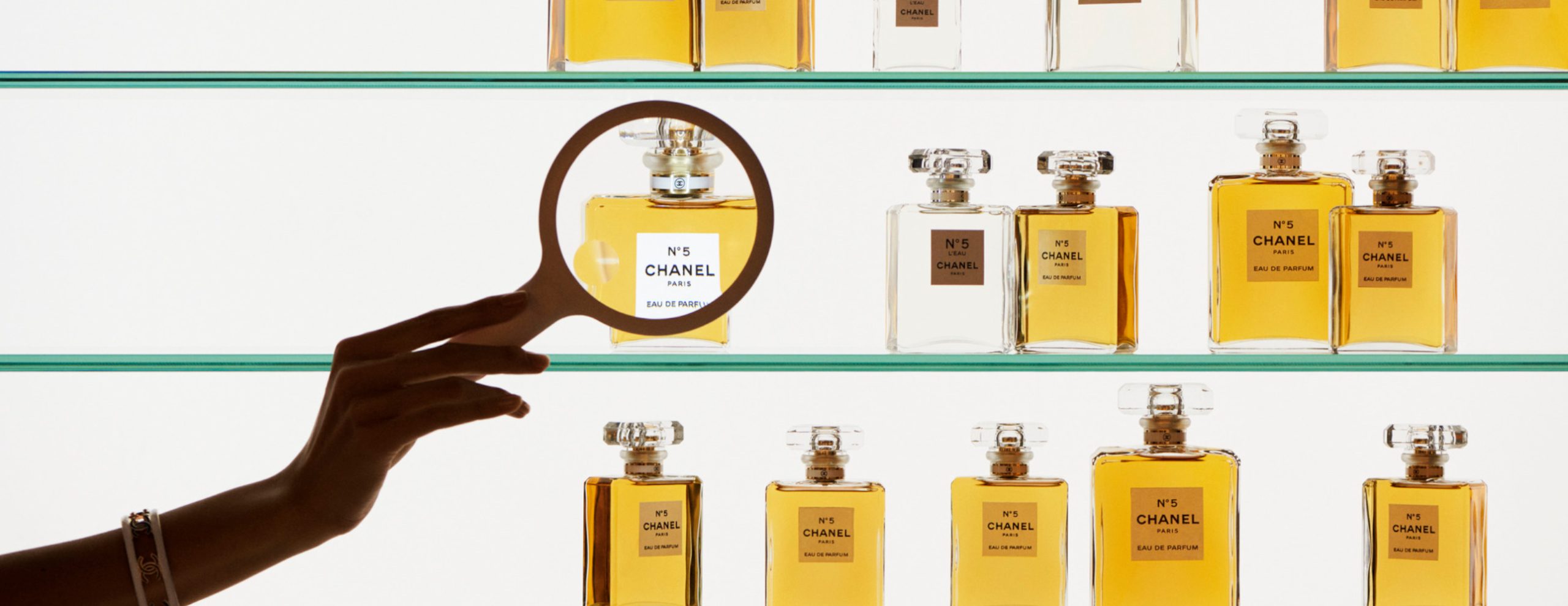
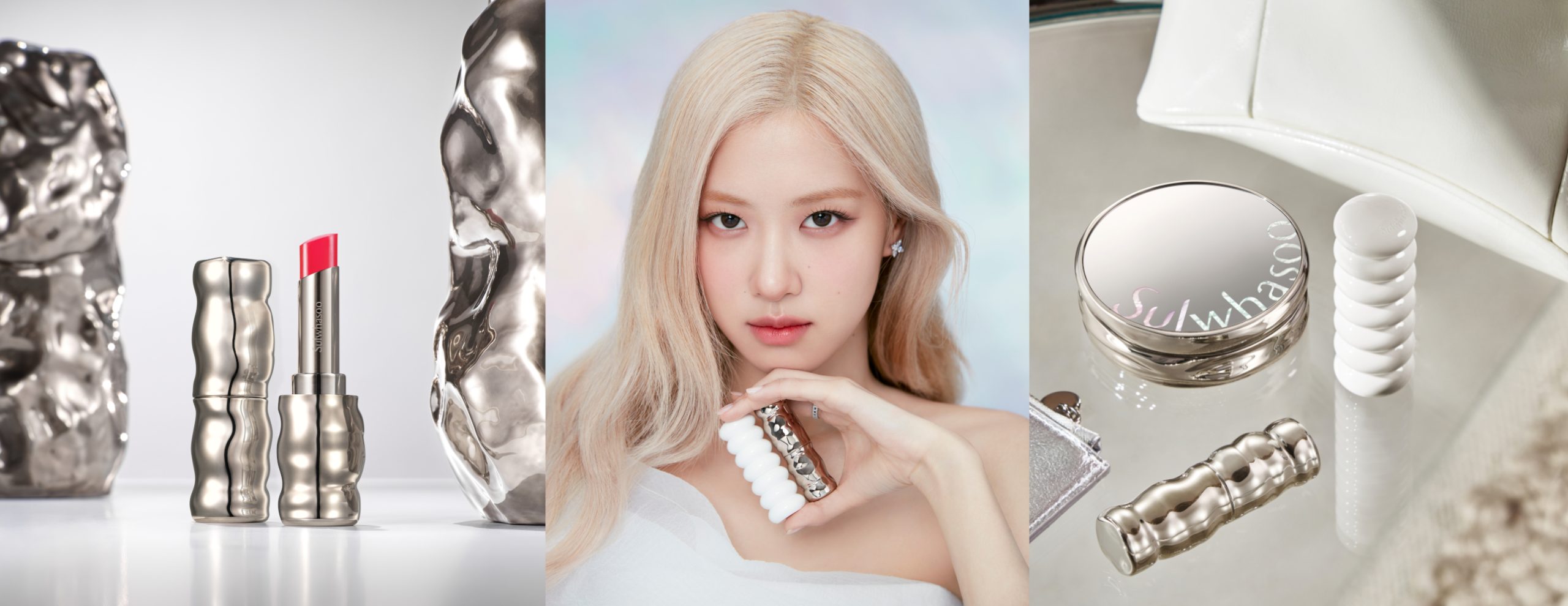
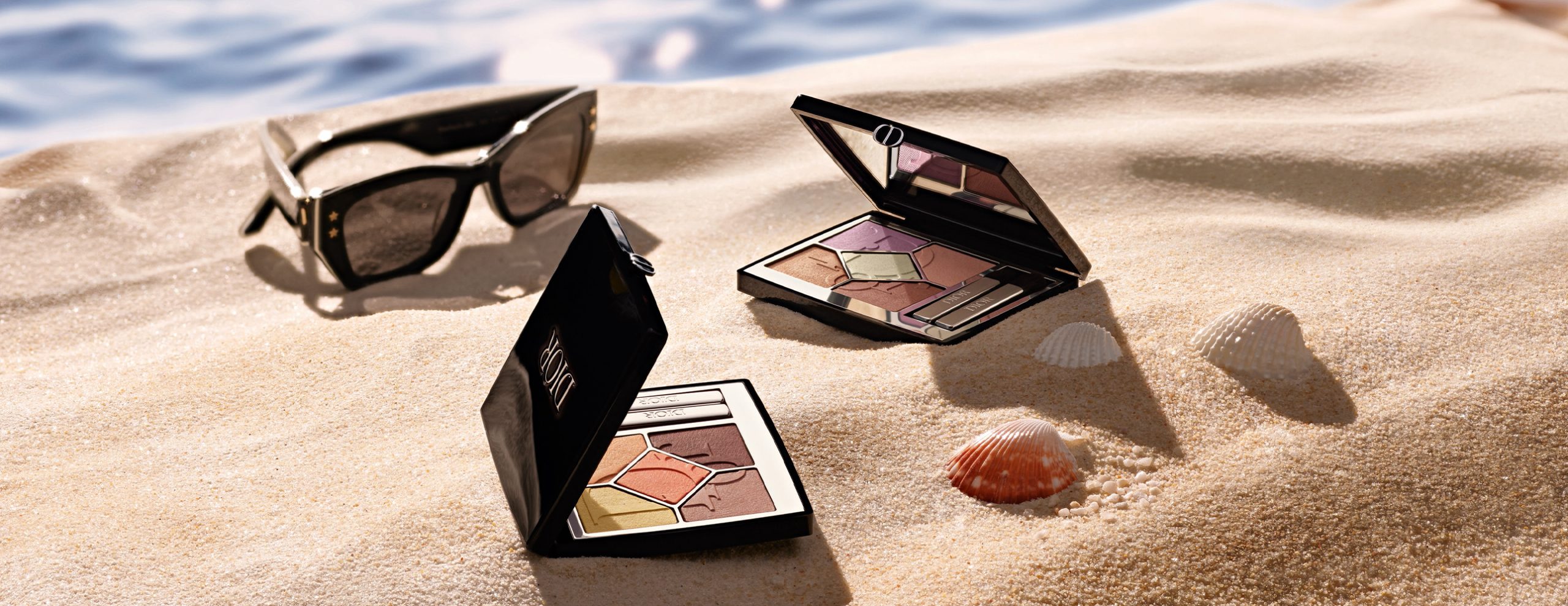
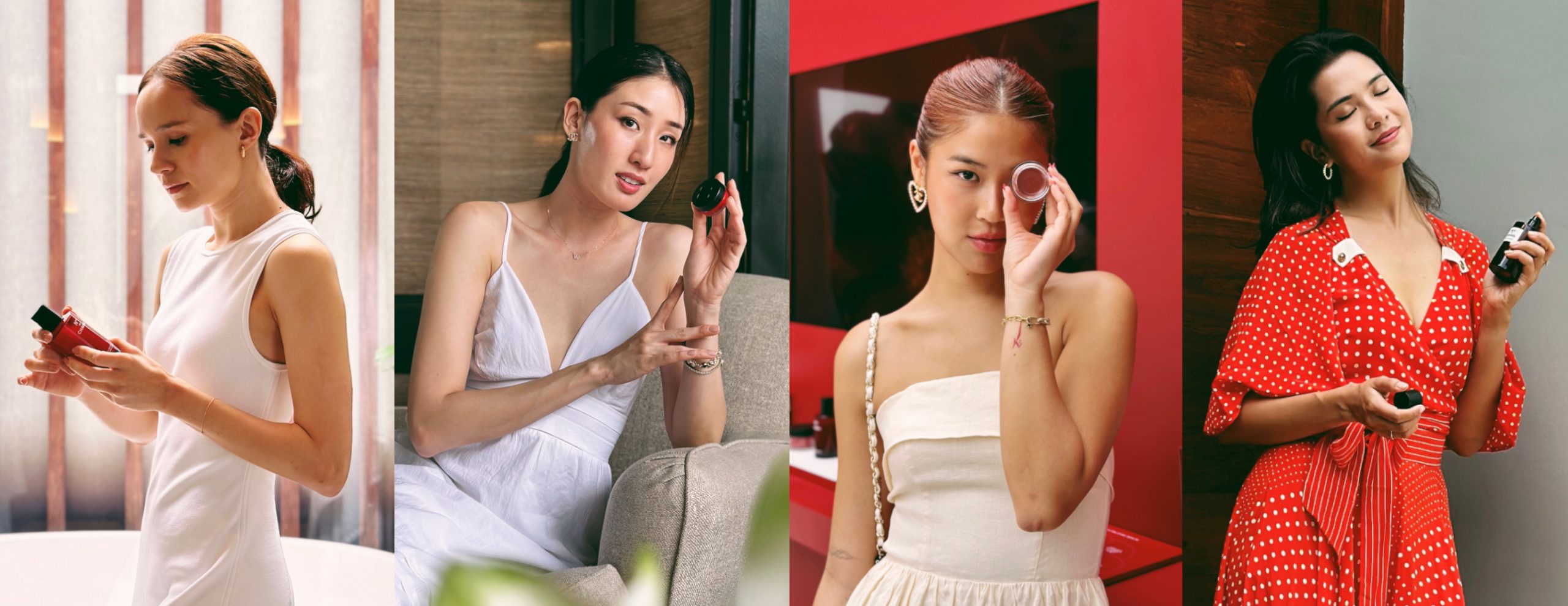
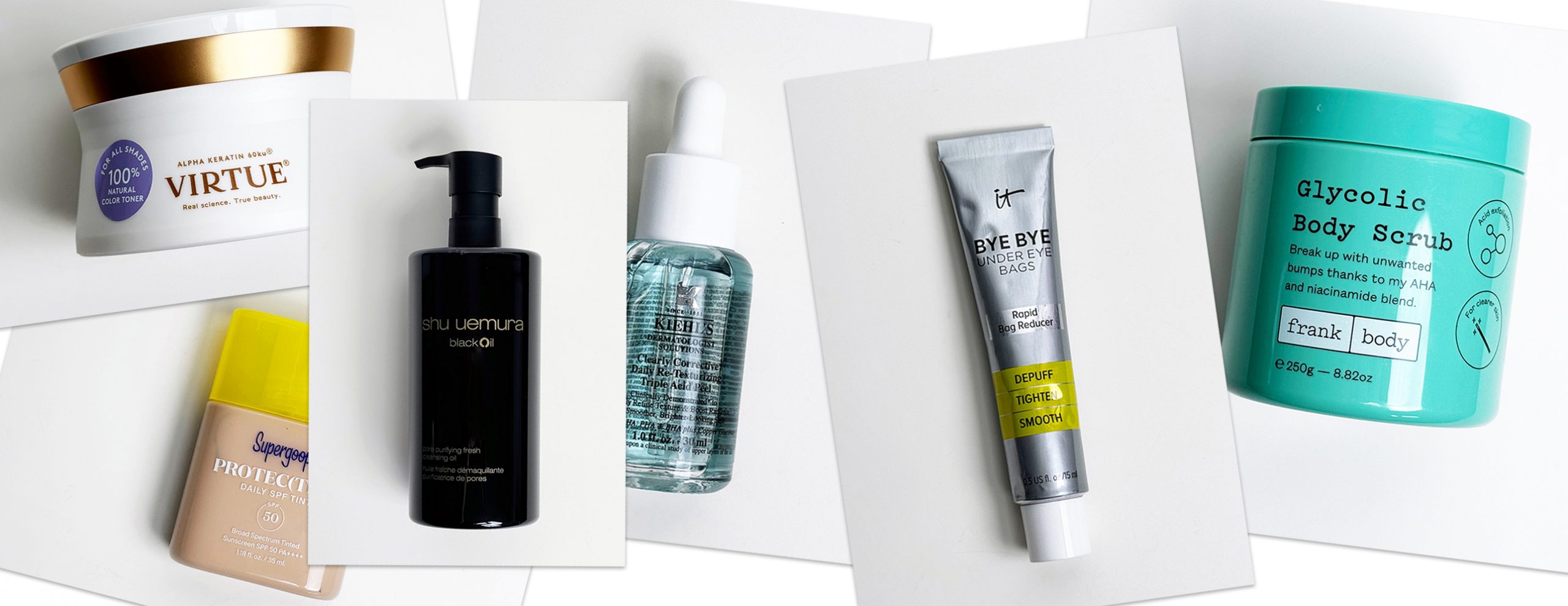
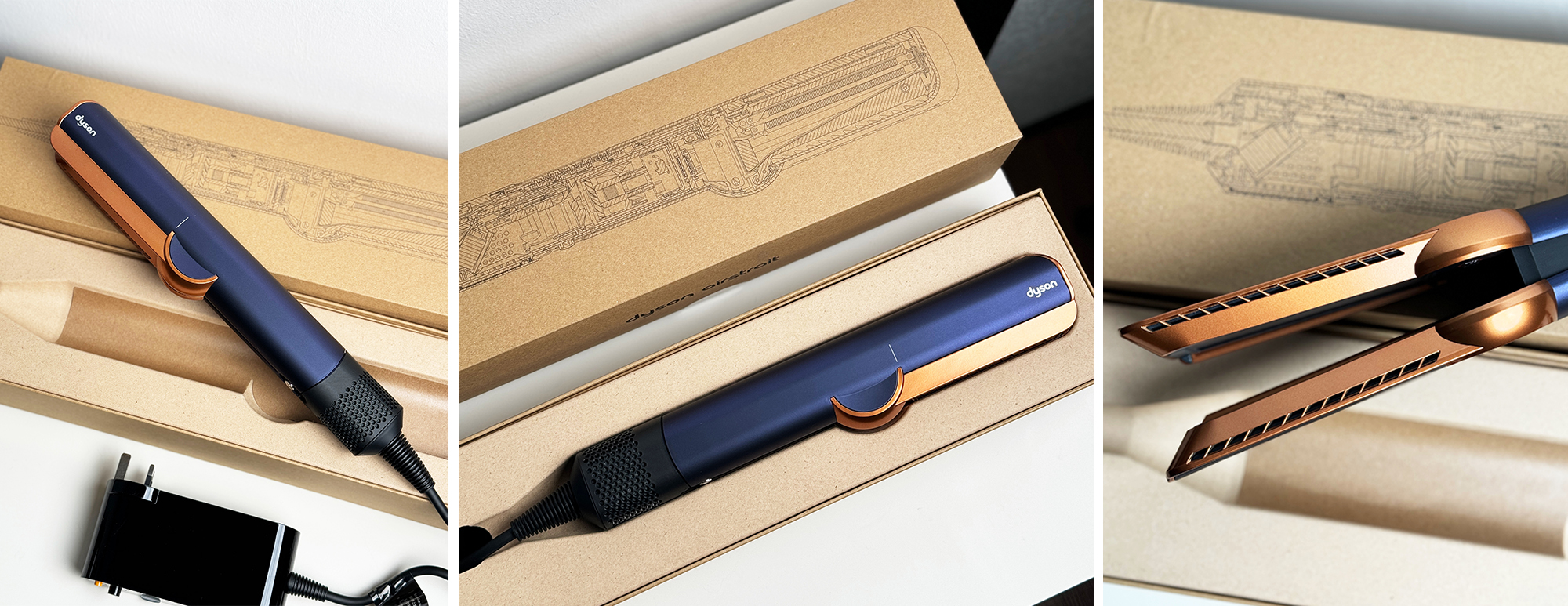
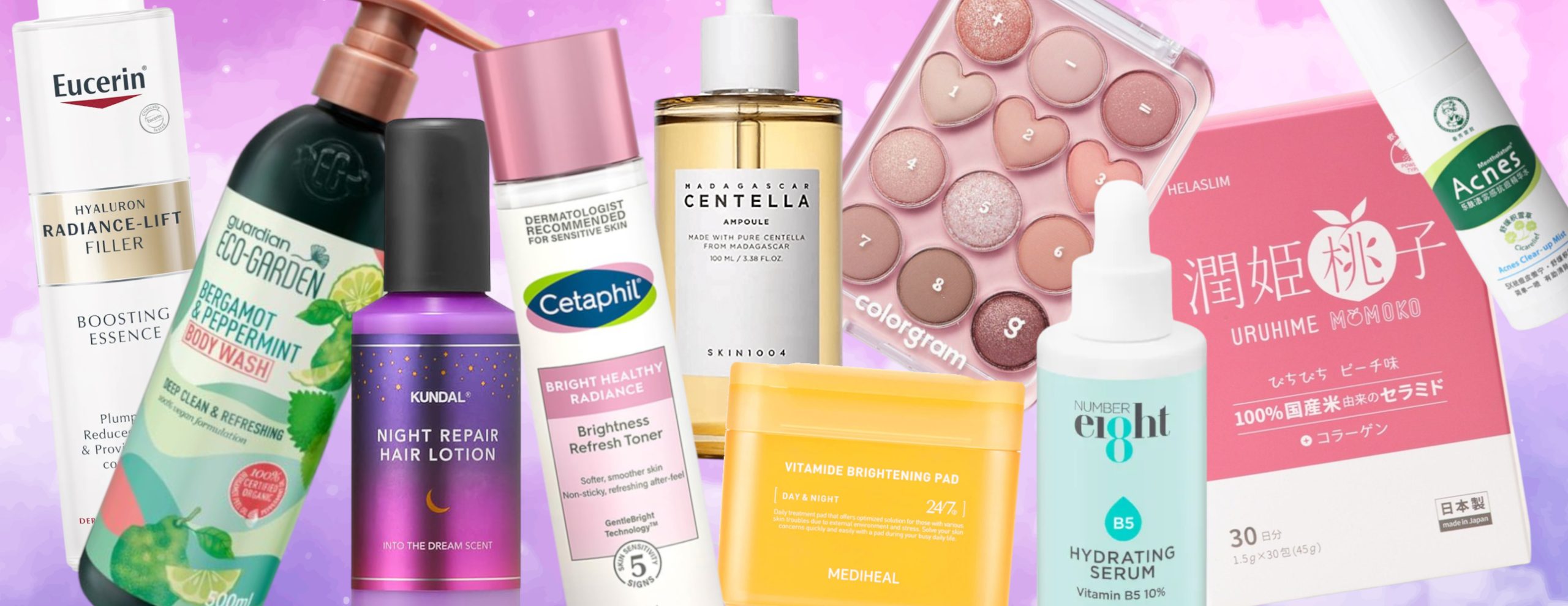


You must be logged in to post a comment.